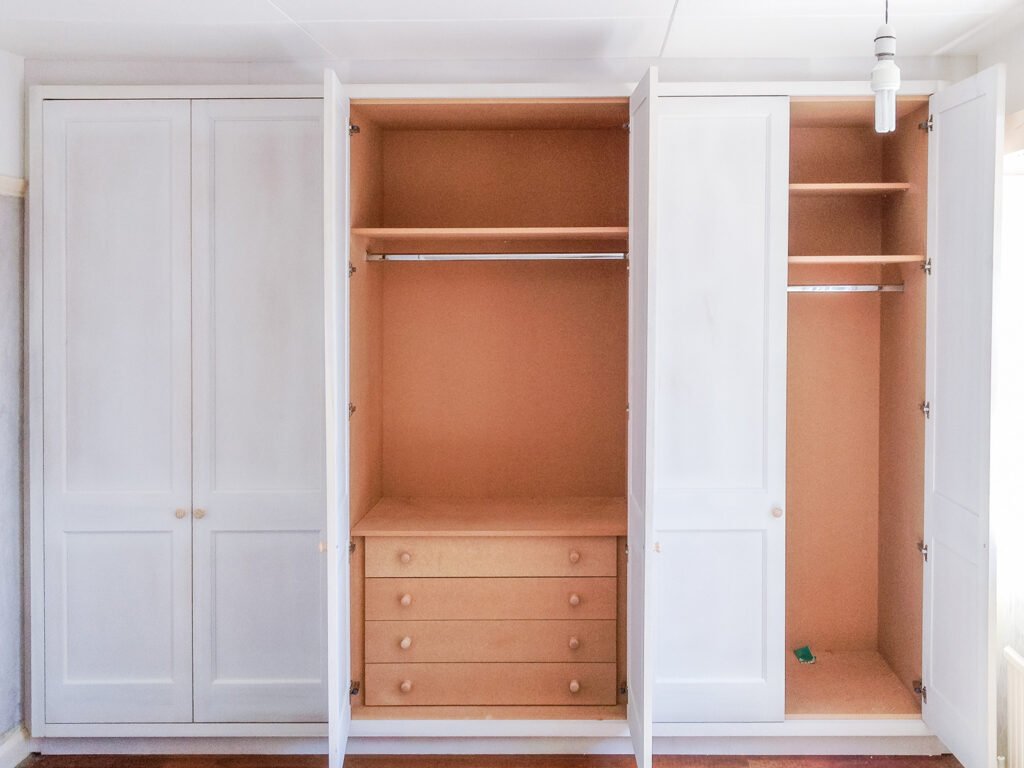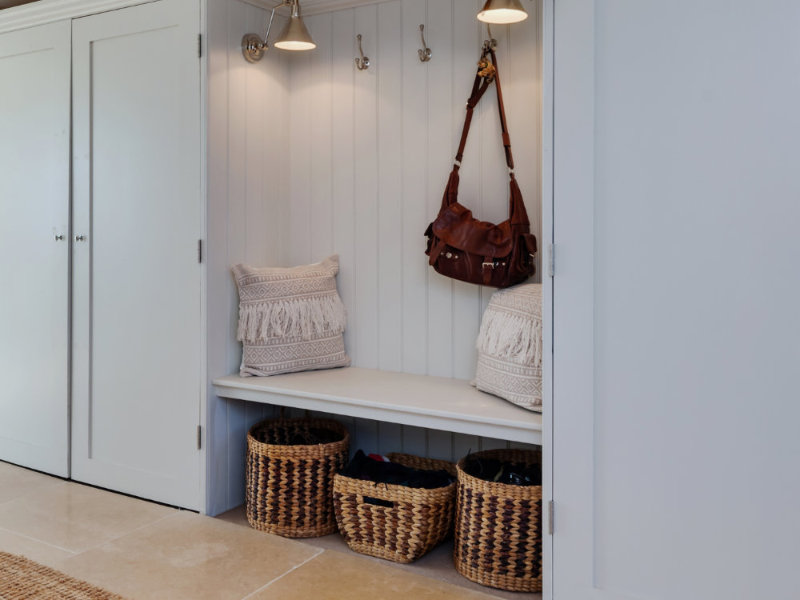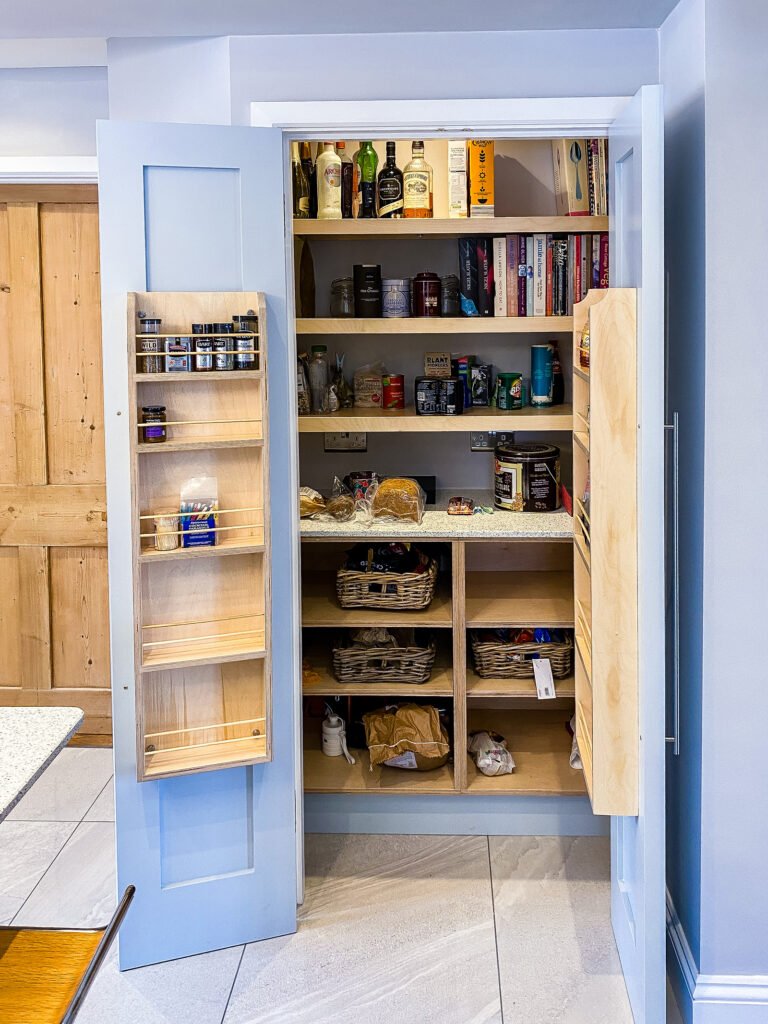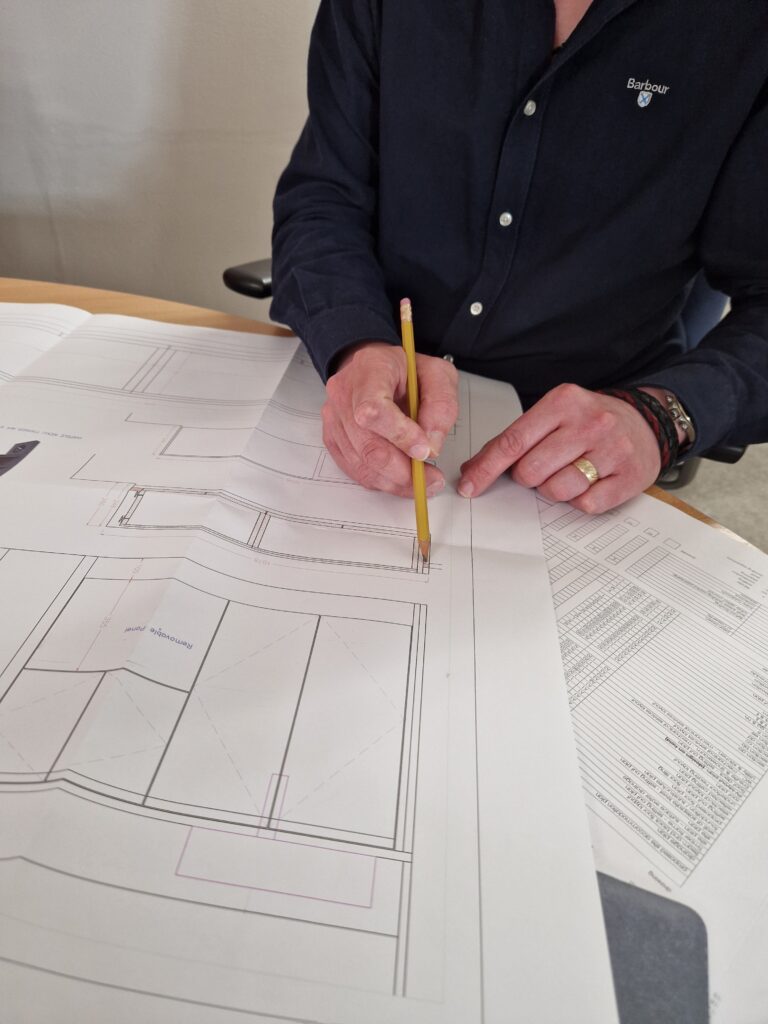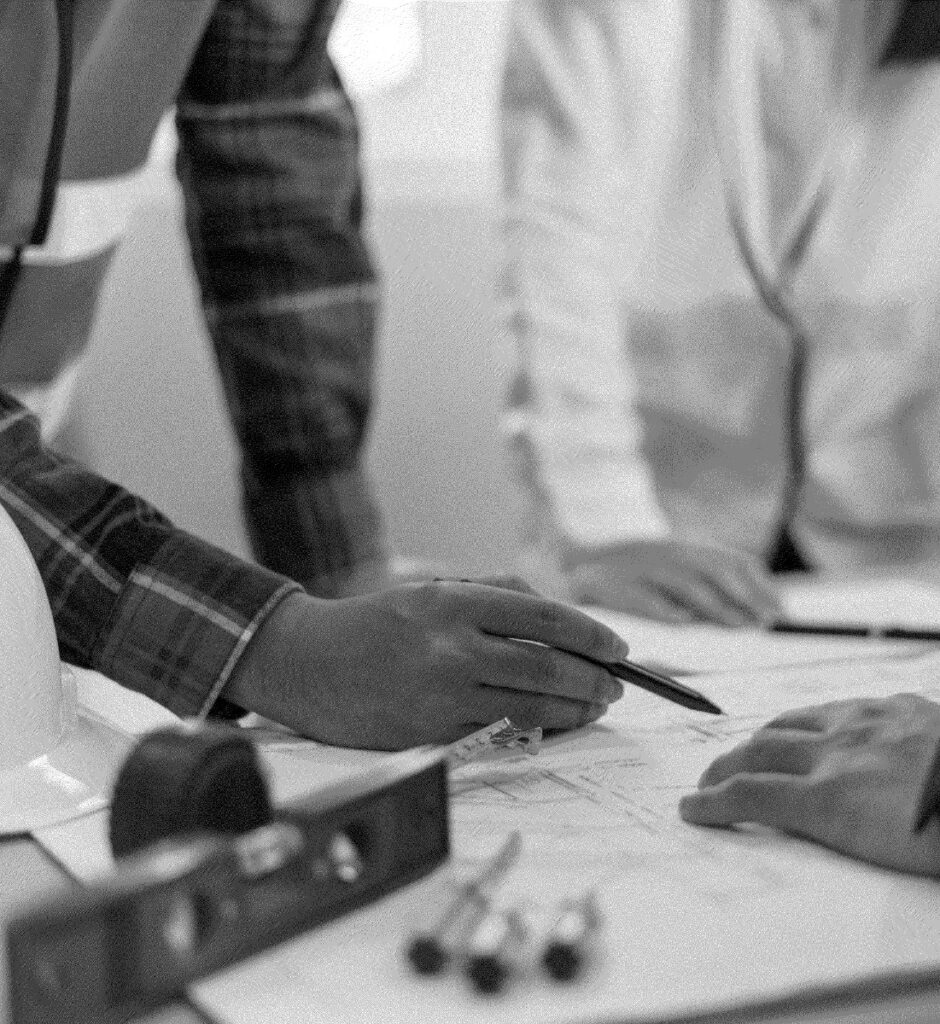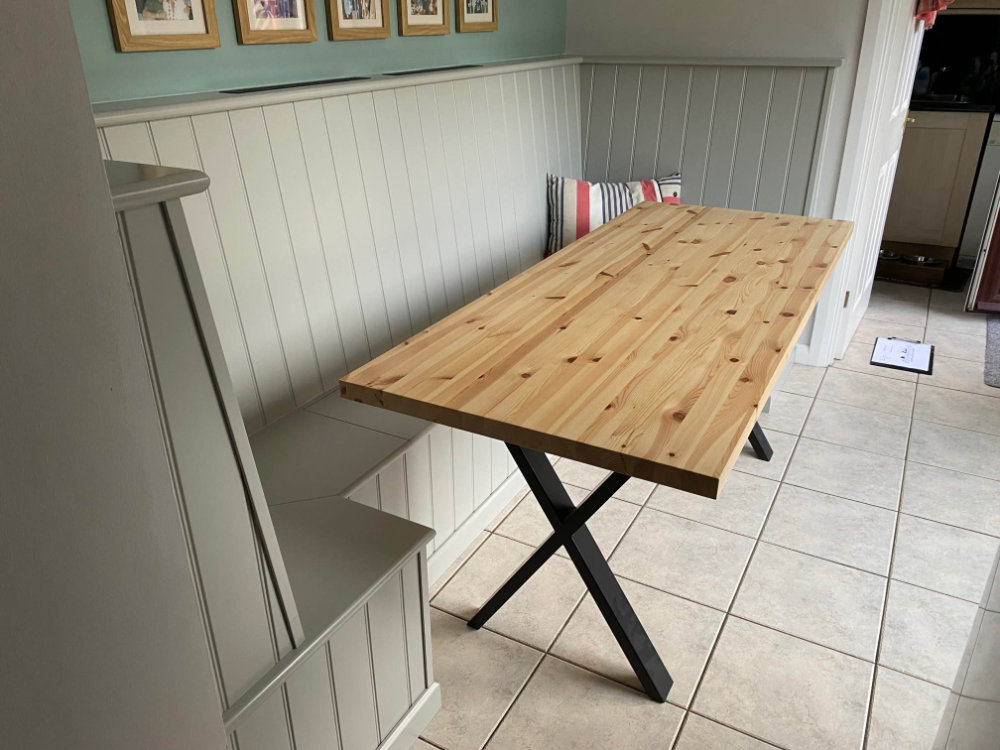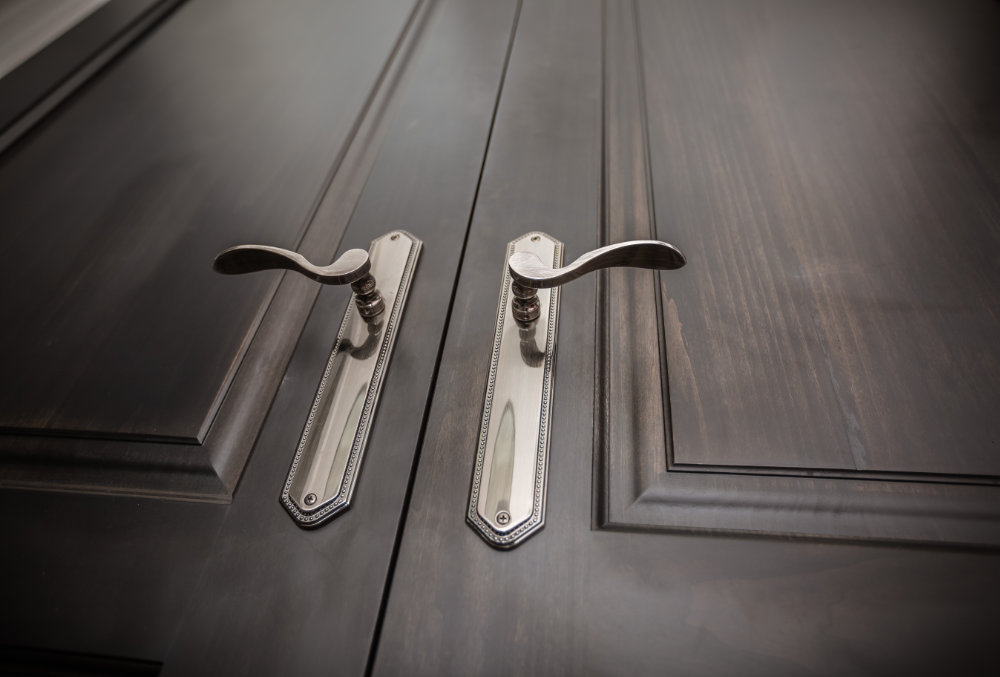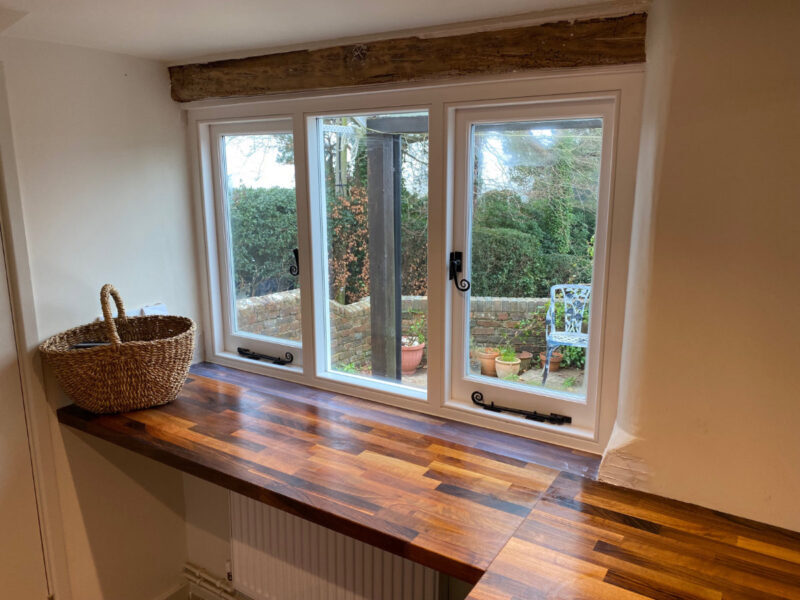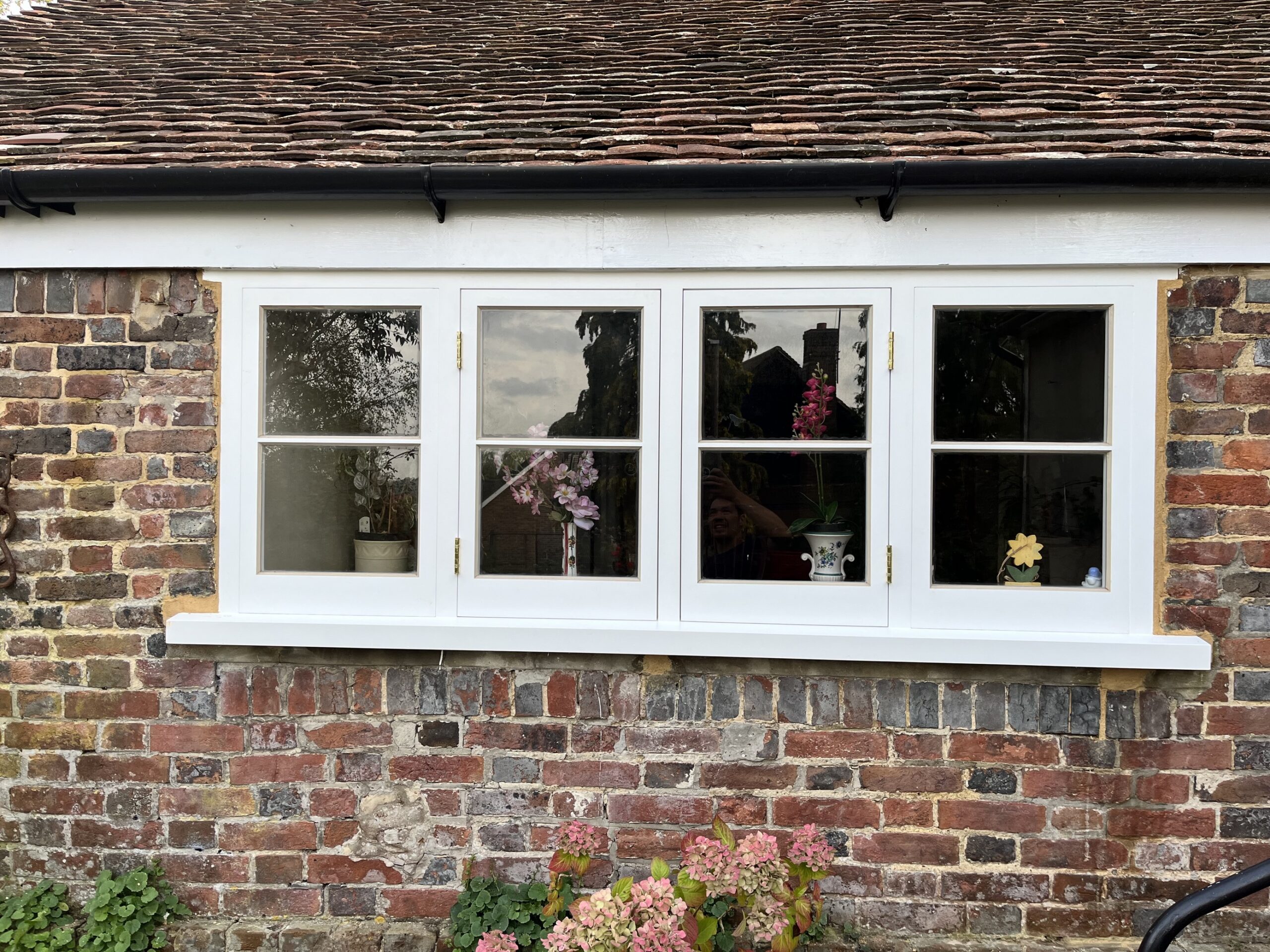Looking after your home in winter is an important part of responsible property care, especially in Sussex where winter brings long periods of rain, reduced daylight, and slower drying conditions.
9 Things to Consider When Planning a Bespoke Carpentry Project
Redesigning your home can be overwhelming, and it’s important that nothing gets left out, so we have compiled a list of 9 things to consider when planning a bespoke carpentry project. Bespoke carpentry offers the perfect solution for creating custom-made furniture, doors, storage solutions, and more, tailored to your home’s unique style and layout.
1. Understanding Your Space
The first of the nine things to consider when planning a bespoke carpentry project, is the space where the bespoke carpentry will be installed. Consider the dimensions, existing architectural features, and how the new addition will fit within the overall design. Accurate measurements are essential to avoid complications later on. Additionally, take note of how the space interacts with the rest of your home, ensuring a cohesive and balanced look.
2. The Dynamics of the Room
Think about how the space is used daily. For example, a bespoke built-in wardrobe should offer easy access to frequently used items, while a custom bookshelf should not obstruct walkways. Understanding movement patterns within the room ensures the design increases functionality rather than disrupting it. It’s also important to consider how the design can adapt to changing needs over time, ensuring long-term usability.
3. Lighting Considerations
Lighting plays a crucial role in highlighting the beauty and practicality of bespoke carpentry. If your project involves built-in storage, think about incorporating internal lighting for better visibility. Additionally, consider how natural and artificial light sources will affect the materials and finishes chosen for your custom piece. Proper lighting can transform a design, making it feel more spacious, warm, and inviting.
4. Choosing the Right Materials
The choice of wood and finishes can significantly impact both the appearance and longevity of your bespoke carpentry. Hardwoods such as oak and walnut offer durability and elegance, while softwoods like pine provide a more cost-effective option. Consider how different finishes will complement your home’s décor and withstand daily wear and tear. Sustainability is also worth considering, as responsibly sourced wood can add an eco-friendly element to your project.
5. Working with an Experienced Designer
Another one of the things to consider when planning a bespoke carpentry project is collaborating with a skilled designer or carpenter. An experienced professional will offer valuable advice on materials, functionality, and design to ensure your project aligns with your vision. They can also provide 3D drawings or sketches to help you visualise the final product before work begins. Having expert guidance can prevent costly mistakes and ensure a flawless execution of your bespoke design.
6. Maximising Storage and Practicality
Bespoke carpentry is an excellent opportunity to incorporate smart storage solutions. Whether it’s hidden compartments, pull-out drawers, or built-in shelving, consider how to make the most of your space while maintaining a sleek and stylish appearance. Tailored storage can significantly help organisation, keeping clutter at bay and improving the functionality of your home.
7. Budget Planning
Custom carpentry is an investment, so setting a realistic budget from the outset is crucial. Discussing costs with your carpenter early on will help manage expectations and avoid any surprises. A well-planned budget should cover materials, labour, and potential contingencies. Remember to factor in any additional costs, such as special finishes or bespoke fittings, to ensure your project stays within financial limits.
8. Timeframe and Installation
Bespoke carpentry projects can take time, especially if intricate designs or rare materials are involved. Make sure to discuss the expected timeline with your carpenter so you can plan accordingly. Also, consider the installation process and how it might affect your daily routine. Temporary adjustments to your living space may be necessary, so planning ahead will minimise disruption.
9. Finishing Touches
Once the main structure is complete, details such as handles, hinges, and paint finishes can improve the overall look of your bespoke piece. These small but important choices can help the project fit in with the rest of your home. Choosing high-quality finishes will enhance durability while adding a polished and refined look to your custom piece.
The JJ Group
Taking into account these 9 things to consider when planning a bespoke carpentry project will make the process so much easier. By addressing these key factors from the outset, you can ensure a smooth process and a beautifully crafted result that perfectly complements your home. Taking the time to plan thoroughly will lead to a design that not only looks stunning but also stands the test of time.
Contact Us
If you’re looking for expert craftsmanship and tailored solutions, the JJ Group are here to bring your vision to life. Contact us today to discuss your bespoke carpentry needs.

